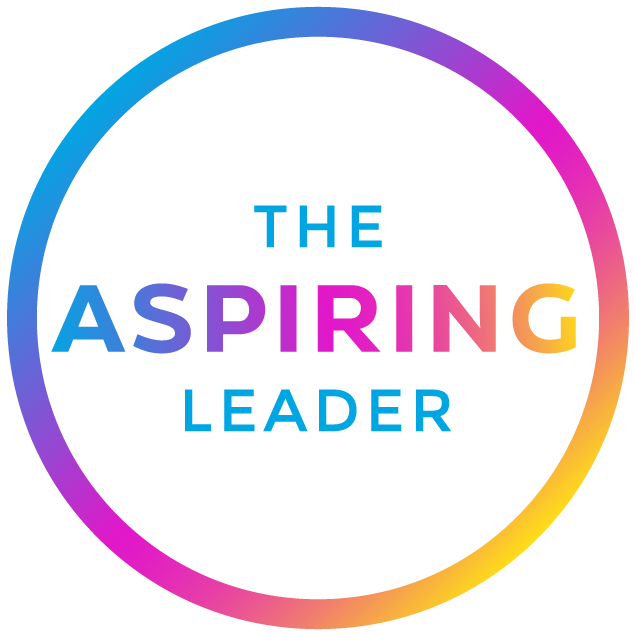The team I work with loves to play buzzword bingo. If it’s not an analogy, then it’s another buzzword from Adam. Something that constantly appears on the bingo hitlist is the word deconstruct or the phrase “we need to reverse engineer this thing.”
What I’ve noticed is that problems very rarely change. However, methods become outdated. So when the financial controllers tell us we need to reduce some costs, the real message is that the return on investment is no longer kicking goals for them. I’m unsure if I’ve ever had instructions to increase my budget. Usually, it’s the opposite. But it’s not always about looking for cost savings; it can be about efficiency or increased output.
We have two choices: either reduce the expense or reinvent and become more efficient to increase the outcomes.
In an environment where change has become necessary, reducing the cost of something to save money is delaying the inevitable. It can often end up in a retention strategy – how do we keep it going rather than grow it?
That’s why we need to deconstruct. Strip it back to why it exists in the first place. Today’s problems are just yesterday’s outdated strategies. Whenever change creates conflict, it often stems from arguing over the method—rarely the actual problem or the original objective.
Streaming Services VS Physical Media: The method differs, but the objective is delivering music to the consumer.
Uber VS Taxi Industry – The technique differs, but the objective is getting customers from point A to point B.
Premier Access VS Movie Theatres – The method is different, but the aim is to get people to watch the movie upon release.
Sometimes, the process of deconstruction can be simple; other times, it takes considerable effort, research, and contemplation.
But deconstruction is only half the process. We then need to reconstruct it to the current version and method. So, firstly, take it back to the original objective, then rebuild it and see what works best for the present age.
The process we follow is to ask three questions – why, what, and how. The trick is to get honest – remove the “pretty talk” and get real about it. The process isn’t for spruiking; it’s for getting real, and getting back to the foundational “why” is the first step.
Why?
Not why do we do this, but why do we NEED it – there is a difference. We don’t do this because of the outcome it achieves but rather the problem it solves. Often, when someone is asked to explain the “why” (or justify it), the answer usually lists the results or what we seek to achieve. Knowing the real and deep why is truly understanding the problem.
There’s a business fable about a young executive who took over from his father as CEO of a company that manufactured drill bits. He gathered the managers and asked them to tell him what they produced. The seasoned executives, I’m sure with much humour, reminded him that they manufacture drills bit. But, he corrected them; they weren’t in the business of producing drill bits. Instead, they were in the business of helping people put holes in things. As the fable goes, the company reinvented itself in the mining industry. I don’t know where I first heard this story, but Theodore Levitt (Harvard Business School Professor) once said, “People don’t want to buy a quarter-inch drill. They want a quarter-inch hole.”
Understanding “why” is knowing customers “want to put holes in things” and aren’t shopping for drill bits. Establishing our authentic why is necessary to ensure we build a strategy that achieves the actual purpose.
What?
Once the “why” has been established, the next step is determining what would solve the identified problem. Again, it’s not to determine how we do it but the solution to fixing the issue (or opportunity) we uncovered along the way.
If we consider our friends back at the drill manufacturing company, their eyes were now open to various possibilities. They were no longer limited to producing bits for hand-held drills; now, they were solving the problem of putting holes in things. I remember hearing this story because the same company eventually invented the machinery that built the tunnel under the English Channel. Big holes!
Even if it is a fable and not a truth, the principle of this story is still valid. Getting our thinking away from methods and even what we’ve done in the past is necessary to ensure we understand how to solve the problem.
How?
Now, we get to the fun part! We know the problem, and we’ve identified what we need for a solution. So, now we get to create our solution. This part of the process leads our (perhaps fictional) case study to think beyond drill bits and into the realms of tunnels that span countries.
What can we do that truly solves the problem of our target audience?
The outcome of this entire process will lead us to two places:
- Our current strategy is working. We’ve pulled it apart and reconstructed it; the result is the same (or close to). You now have greater confidence in your methods and what you are doing.
- You can confidently establish a new problem-solving strategy. Again, you have confidence in this new method because you truly understand the problem and solution.
The change process and journey now become the gap between the previous “how” and the new “how.”
Photo by Kenny Eliason on Unsplash



